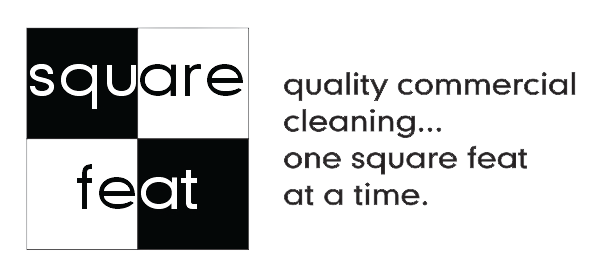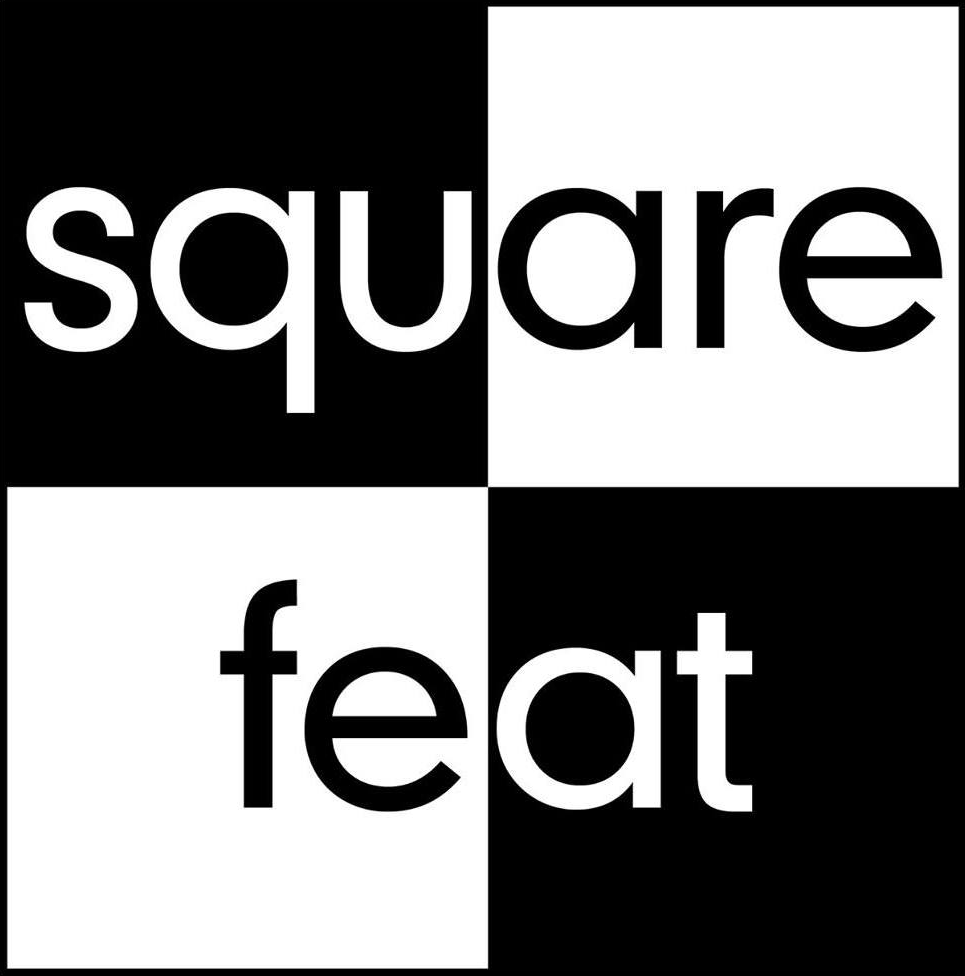What is Dust?
Dust in an extremely small particle made up of dead skin cells, hair, sand, soil, fabric fibers and other particles. It can contain toxic compounds such as pesticides, heavy metals, and flame retardants. When these small substances become airborne, they travel, consolidate, and then settle on surfaces. This is why dust removal is so important in a commercial cleaning routine.
There are three (3) types of dust:
1. Toxic Dust: This includes lead and zinc. When people ingest or eat lead dust, this can impact the digestive system.
2. Nuisance Dust: Includes carbon, iron and calcium which has negligible effects on the lungs. Biological dust from wood, grain, flour and sugar also falls into this category and
can impact allergies and asthma.
3. Proliferative Dust: Caused by silica dust and asbestos dust. This dust can lead to lung disease.
Why is Dust Removal so Important?
Dusting, the removal of dust from surfaces, is imperative in a business setting. It helps to create a clean workplace environment that is beneficial for any business. Not only does a dust-free environment lead to improved productivity, but it also creates a standard for all building occupants that the facility is clean and well taken care of. When potential customers, employees or vendors enter a well-kept facility, it demonstrates that cleanliness is important to the business.
It is also important for health purposes! Accumulated dust can be an irritation to the skin, eyes, and lungs. It can also cause or aggravate any existing allergies and can lead to the spread to infection. When employees are absent from work due to illness, it can cost the business time and money in lost productivity. It’s important to create and maintain a healthy working environment for all staff members and visitors who enter your workspace. When employees are healthy, it allows for a more productive and efficient working environment and helps to boost employee morale. Dust, while not as noticeable at times as soiled floors, restrooms, or neglected trash, is of utmost importance to REMOVE for the overall “health” of the facility.
How Often Should an Office be Dusted?
The dusting of most areas in a commercial office facility should normally be done on a weekly basis. High and low dusting should be completed monthly at minimum. Frequencies can vary from facility to facility depending on factors such as the outdoor landscape, weather, traffic in and out of the facility, and the condition of the air conditioning system. In areas where a facility is susceptible to a lot of dust from outdoors, the frequency may need to be increased. Dusting should be completed in every space, including spaces with little or no use. It is also important to dust not only the furniture but also items such as computers, computer monitors, telephones, desktop items and other horizontal surfaces.
Areas commonly missed are high and low areas such as door frames, ceiling fans, baseboards, restroom partitions and mirrors, tops refrigerators, and other breakroom areas. Hard to reach areas such as behind furniture and underneath nick knacks on shelving or desktops are also commonly missed. It is important to set up a routine and protocol in a facility to ensure all hard-to-reach areas are dusted periodically.
What are the Proper Tools and Equipment needed for Dust Removal?
Here is the shortlist:
*Microfiber Cloths
*Lambswool Extension Duster with Covers
*All-Purpose Neutral Cleaner
*HEPA filter Backpack Vacuum with Brush Attachments
Why have Proper Equipment?
Tools are designed for specific needs and purposes. Using proper equipment for dusting is key. Proper tools help ensure the dust particles are removed from the facility and not just “moved around”. The microfiber cloths will grab and hold onto the dust particulates preventing the particulates from being released into the air. Extension dusters allow dust to be removed from hard-to-reach areas such as door frames and ceiling corners which are difficult to reach and often overlooked. With the proper duster cover, dust particles cling to the cover without going airborne.
Backpack vacuums with brush attachments are key to not only effectively remove dust from corners and edges of the carpet carpet but also from upholstered furniture and other surfaces without sending dust particles airborne. Correct equipment will ensure that dust particles are captured for removal from the facility rather than recirculated into the air to eventually settle again on a different surface. Proper equipment will prevent cleaner staff from chasing dust around from week to week! Over time, the facility will have less dust to chase.
Effective Use of Dust Removal Tools:
Make sure the tools being used are clean! If a lambswool duster and cover is used, the cover can be thrown away when is becomes dirty. Simply replace it with a new clean cover. When dusting with a microfiber cloth, fold the cloth into quarters which will allow more area to be covered with the same cloth. Proper folding will allow the cloth to be used 4-8 times by refolding the cloth to the clean portion of the cloth each time it becomes soiled. As a safety precaution, make sure to have a step ladder or other secure surface when dusting high items such as air vents, tall bookshelves and so forth. One should never stand on an unstable surface such as a rolling chair to dust.
What are other ways to reduce dust?
Remember the key to keeping dust down is to set up a regular dust removal schedule, use the proper tools and equipment, and perform the work using trained personnel. But there are other ways to reduce the presence of dust in a facility as well:
1) Vacuum carpets and hard floors with a high-efficiency particulate air (HEPA) filter. Clean HEPA filters will trap almost 100% of all particulates. Dust bunnies can be more efficiently removed with a HEPA vacuum compared to conventional dust mopping. If for any reason vacuuming is not possible or practical on hard floors, dust mopping should be performed using a microfiber dust mop to help prevent dust particles pushing to the air.
2) In addition to regular vacuuming, carpeted areas should also be extracted or otherwise deep cleaned on a regular basis. Depending on traffic and environment, deep cleaning can be performed every six to twelve months.
3) Install walk-off mats at all entryways. Entry mats if they’re properly sized and positioned, will act as dirt traps at entryway areas to prevent the tracking of dirt and dust further into the facility. Entry mats should be vacuumed and rotated on a regular basis to ensure they are effectively cleaned. When cleaned, these mats do an excellent job of trapping dirt from foot traffic entering the facility.
4) Replace A/C filters on a regular basis. This will not only extend the life of the A/C units but will also help to improve indoor air quality. Clean air filters will complement the dusting protocol.
5) Replace carpets with hard floor surfaces. While this may not always be practical or affordable, hard floors are easier to keep dust free as compared to carpet even with a maintenance program that includes regular vacuuming.
Team Cleaning and the Role of the Light Duty Specialist
Team cleaning utilizes an approach consisting of a team of professionals that systematically work together through each area of a facility at the same time. Each professional is trained and assigned to one particular function as a “specialist” and the team moves together throughout the building to complete the cleaning routine. A typical team includes the following specialist:
1. Light Duty Specialist
2. Vacuum Specialist
3. Restroom Specialist
4. Utility Specialist
The Light Duty Specialist is responsible for not only the dusting of all horizontal and vertical surfaces – high to low – in the facility but also emptying of wastebaskets, cleaning of telephones, picking up paper clips and pens from the floor and spot cleaning of trash cans, desks and touch points. The Light Duty Specialist enters an area and starts its tasks fifteen (15) minutes before the Vacuum Specialist. As the Vacuum Specialist works behind the Light Duty Specialist, the Vacuum Specialist can use the double-check method in order to confirm that the Light Duty Specialist performed all tasks – dusting included. It is important that the Light Duty Specialist is properly trained to perform all tasks and provided with the proper tools to perform these duties.
Your janitorial cleaning company should always handle any cleaning issues that you may have. If this is not the case, it might be time to look for another janitorial service. Does your cleaning service get back to you in a timely fashion if not the same day? They should be.
Square Feat is Here to Handle all your Janitorial Needs!
Square Feat has been serving commercial clients in the Phoenix metropolitan area for more than two decades with basic janitorial services, carpet cleaning, floor refinishing and other specialized services. The Phoenix Business Journal and Arizona Business Magazine recognize us as a top full-service janitorial provider.
Please, visit this page to learn more about the cleaning services they provide or to obtain a free no obligation quote for your facility. You can also call us at 480-777-0605 to schedule an appointment to survey your facility.
For more information about team cleaning, please read Team Cleaning Works.



